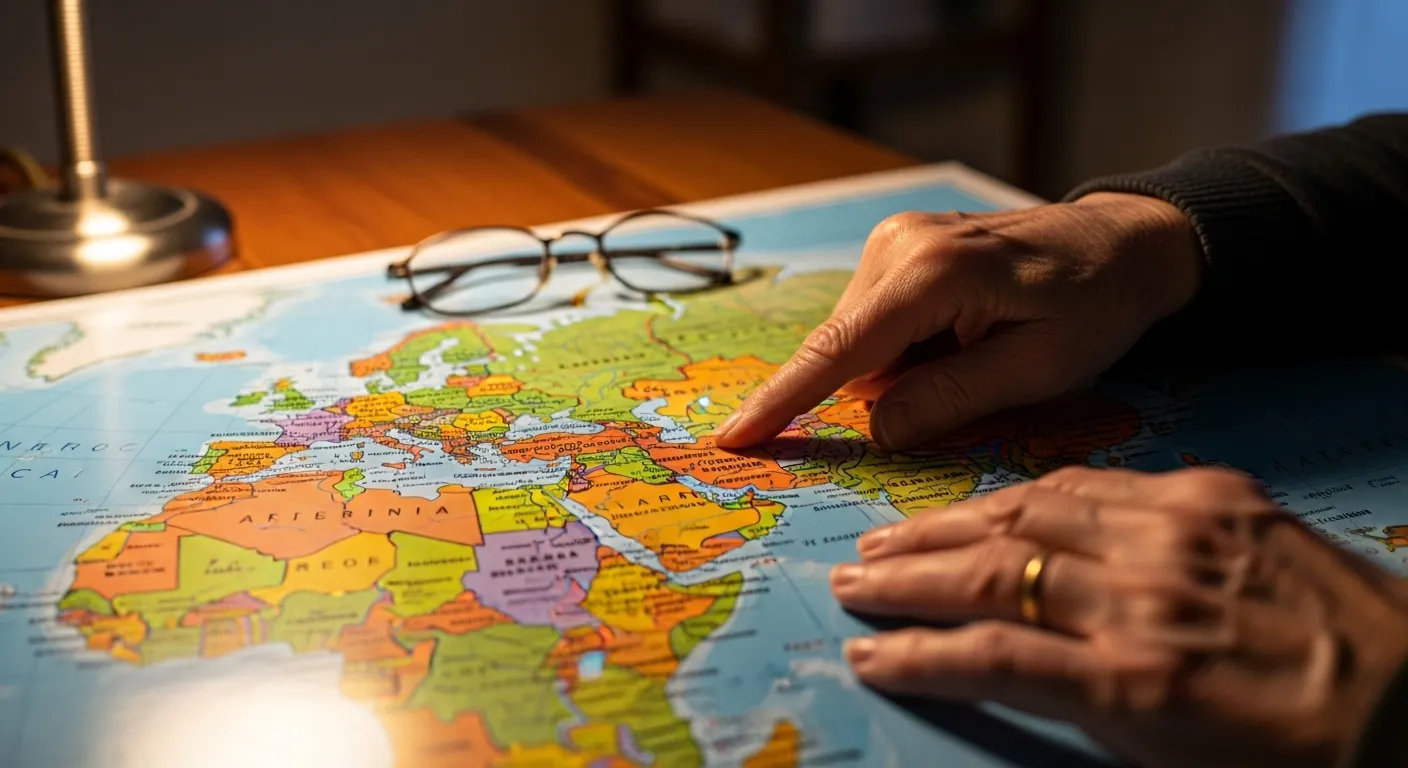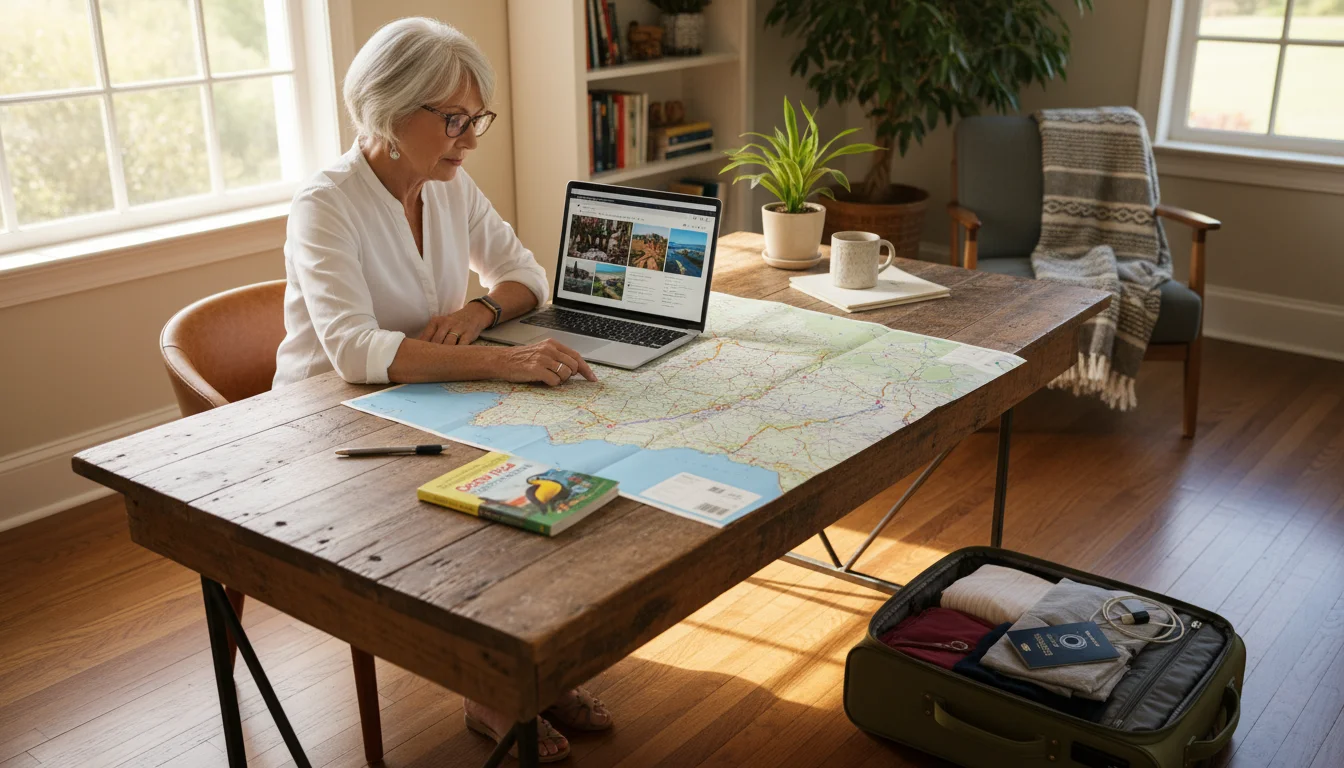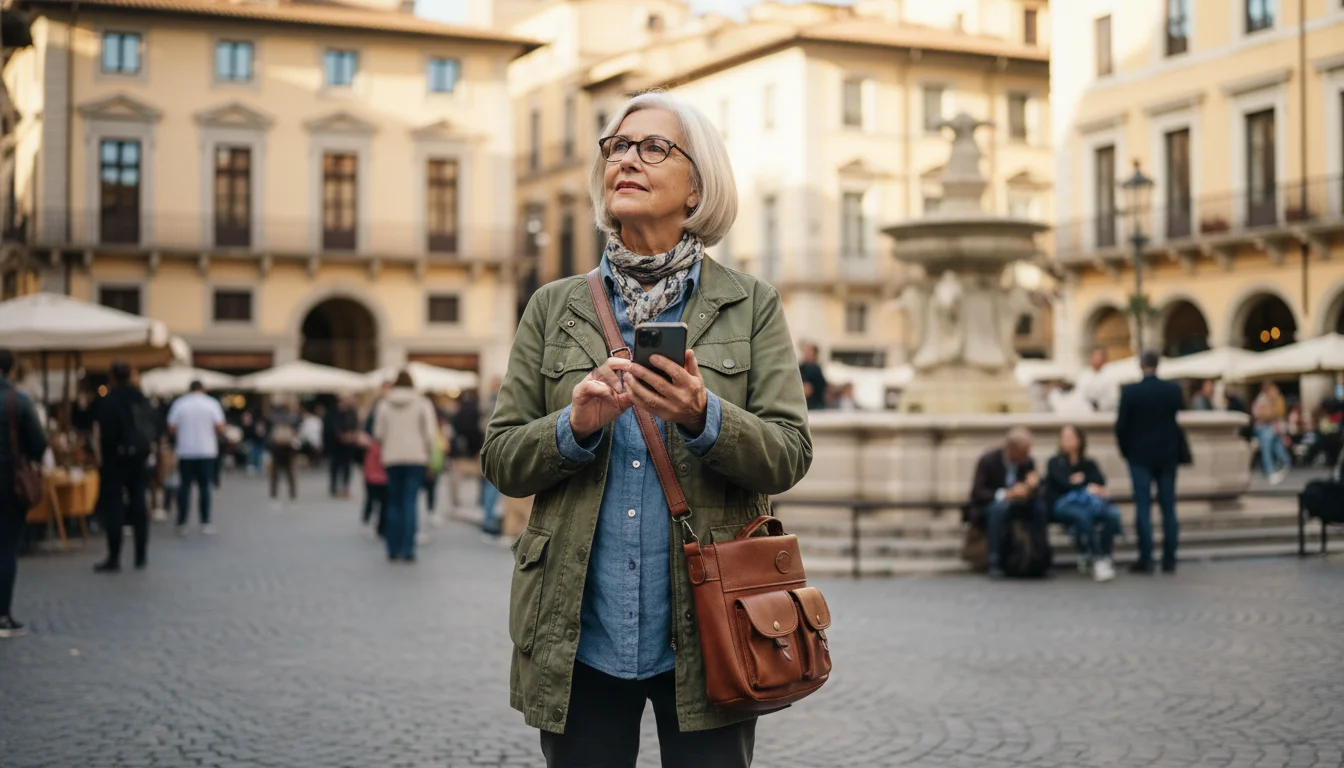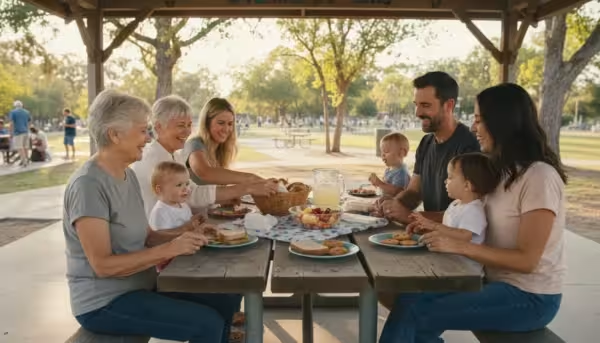
Tips for Getting Started: Your First Solo Adventure
Feeling inspired? Wonderful! Now let’s get down to the practical steps that will turn your travel dream into a well-planned reality. A successful solo trip is built on a foundation of smart preparation and a confident mindset.

Phase 1: Smart Planning and Preparation
Choose Your Destination Wisely. For your first solo trip, consider starting with a destination that feels manageable. This could be a U.S. city you’ve always wanted to visit or a country known for its safety and excellent tourist infrastructure, like Ireland, Portugal, or Costa Rica. Read travel blogs, check government travel advisories, and choose a place that excites you, not intimidates you.
Book Accommodations with Care. Look for hotels or bed & breakfasts in central, well-lit neighborhoods. Reading reviews from other solo travelers can be incredibly helpful. Consider staying in a place with a 24-hour front desk for added security. If you’re an independent explorer, a short-term apartment rental can provide the comforts of home.
Pack Light, Pack Smart. This is one of the most crucial travel hacks for retirees. Hauling a heavy suitcase through airports and up hotel stairs is no one’s idea of fun. Choose a lightweight, wheeled suitcase and pack versatile clothing you can layer. Most importantly, pack your essentials in your carry-on: medications (in their original bottles with prescriptions), a change of clothes, copies of your passport and important documents, and any valuables.
Invest in Travel Insurance. This is non-negotiable. Good travel insurance, especially one that includes comprehensive medical coverage and emergency evacuation, is your most important safety net. It provides peace of mind, ensuring that you’re covered for everything from a lost suitcase to an unexpected health issue.

Phase 2: Staying Safe and Savvy on the Road
Share Your Itinerary. Before you leave, give a detailed copy of your itinerary—including flight numbers, hotel addresses, and contact information—to a family member or friend back home. Arrange to check in with them regularly via a quick text or email.
Embrace Technology. Your smartphone is your best friend. Download offline maps (like Google Maps), a translation app, and the app for your airline. Consider sharing your location with a trusted contact via your phone’s built-in features. A portable power bank is also a must-have to keep your devices charged.
Be Aware and Blend In. The foundation of senior safety while traveling is awareness. Pay attention to your surroundings, especially in crowded areas. Walk with purpose and confidence. Try to blend in by dressing modestly and avoiding flashy jewelry. Keep your valuables secure in a money belt or an anti-theft bag rather than in a back pocket or a wide-open purse.
Trust Your Instincts. After decades of life experience, your intuition is one of your most powerful tools. If a situation or a person feels off, it probably is. Remove yourself from the situation politely but firmly. It’s always better to be safe than sorry.

Phase 3: Connecting with the World and Yourself
Ease into Dining Alone. The thought of eating alone in a restaurant can be a major hurdle for some. Start small. Have lunch at a casual café or find a restaurant with a bar or counter seating, where dining solo is common. Bring a book or a journal. Soon, you’ll discover the joy of savoring a meal at your own pace while people-watching.
Join a Day Tour or Class. A great way to meet people and learn about your destination is to join a small group activity. A guided walking tour, a local cooking class, or a museum tour can connect you with fellow travelers and passionate locals. It’s a low-pressure way to be social on your own terms.
Be Open, But Not Too Open. A friendly smile can go a long way. Be open to striking up conversations with shopkeepers, hotel staff, or fellow travelers. At the same time, be wise about how much personal information you share with strangers. Maintain a friendly but discreet boundary.


















